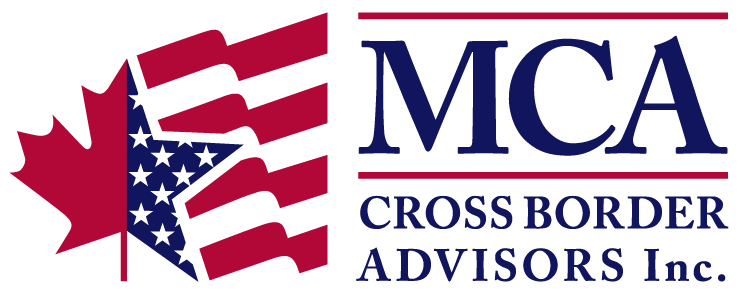As healthcare professionals, American doctors are intimately familiar with the US health care system and are likely knowledgeable about some of the differences in the Canadian one. The most important difference between the two health care systems is that the Canadian system is a free, public system, while the American system is privatized.
US persons generally have three options for obtaining US health insurance: i) via an employer; ii) via private purchase; or iii) via federal government programs such as Medicare, for retirees.
Eligibility for Medicare begins at age 65 for US citizens and permanent residents who have been legally living in the US for at least five years. If Medicare-eligible US residents have also earned enough credits to be eligible for US Social Security payments, then they will not have to pay premiums for Part A Medicare benefits, which cover inpatient care at hospitals.
There are also Part B and Part D Medicare premiums. Part B premiums cover outpatient care, such as doctor visits and lab tests, and Part D premiums cover prescription costs.
US citizens who move to Canada will be eligible for Medicare coverage when they turn 65, although they can choose not to enroll in the program. The decision to enroll in Medicare requires a cost-benefit analysis. Paying thousands of dollars per year for Medicare premiums as a Canadian resident can be challenging, but if Americans who move to Canada plan to spend large amounts of time in the US, it might be worthwhile to enroll in the program and pay any relevant premiums.
The alternative to maintaining US Medicare coverage is to purchase US travel insurance that covers you when travelling south of the border.
